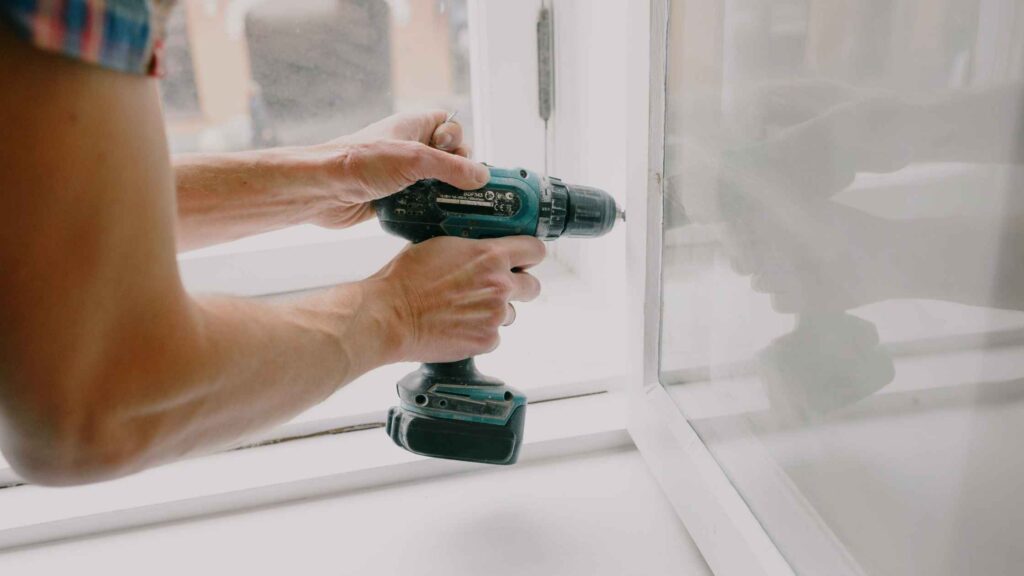Breaking a lease can be a difficult decision, but sometimes it’s necessary. Whether you’re moving for a new job, experiencing financial hardship, or simply want to relocate, understanding the process and your rights is crucial. In this article, we will guide you through the key things you need to know and how to go about breaking a lease in the right way.
Understanding Your Lease Agreement
Before deciding to break your lease, it’s vital to thoroughly review your lease agreement. This legally binding document outlines the terms and conditions of your tenancy, including the duration, rent amount, and penalties for early termination. Pay close attention to the provisions regarding breaking the lease, as they vary from one agreement to another.
Valid Reasons for Breaking a Lease
While every lease agreement differs, there are generally a few valid reasons for breaking a lease that landlords commonly accept. Some of these include:
- Job Relocation: If you are required to relocate for work purposes, it’s likely that your landlord will understand the need to break your lease early.
- Financial Hardship: Unforeseen circumstances, such as losing a job or facing a significant medical expense, may make it challenging to afford rent.
- Unsafe Living Conditions: If your rental unit becomes uninhabitable due to mold, pest infestations, or other hazardous conditions, breaking the lease may be necessary.
- Harassment or Discrimination: If you are experiencing harassment or discrimination from your landlord or neighbors, you have the right to terminate your lease.
Remember, these are general reasons, and it’s important to refer to your specific lease agreement for any additional circumstances that may apply.
Giving Notice to Your Landlord
To break your lease, you typically need to provide written notice to your landlord. The notice period required may be outlined in your lease agreement, but it is generally 30 to 60 days. Be sure to follow any specific instructions provided in the agreement regarding the format or delivery method of the notice.
When drafting your notice, it’s crucial to clearly state your intention to terminate the lease and provide a valid reason for doing so. By being upfront and professional, you can ensure a smoother and more amicable transition.
Potential Consequences of Breaking a Lease
Breaking a lease without valid grounds can have significant consequences. Some potential repercussions include:
- Financial Penalties: Depending on your lease agreement, you may be required to pay a fee for breaking the lease early. Additionally, you may still be responsible for paying rent until the landlord finds a new tenant.
- Legal Action: In some cases, landlords may take legal action to recover any unpaid rent or seek damages resulting from breaking the lease.
- Negative Rental History: Breaking a lease can leave a negative mark on your rental history, making it more challenging to secure future rental properties.
- Difficulty Obtaining References: Landlords often ask for references from previous landlords. Breaking a lease can make it harder to obtain positive references, which may impact your chances of being approved for a new rental.
Consult with Your Landlord or Property Manager
If you’re considering breaking your lease, it’s advisable to have an open and honest conversation with your landlord or property manager. They may be willing to work with you given your circumstances. They might allow you to sublet the apartment, find a replacement tenant, or negotiate a mutually beneficial solution. Effective communication can help maintain a positive landlord-tenant relationship and minimize potential conflicts.
Taking Steps to Minimize the Impact
To minimize the impact of breaking your lease, consider the following steps:
- Give Ample Notice: Provide your landlord with as much notice as possible to allow them time to find a new tenant.
- Help Find a Replacement: If your lease permits, help in the search for a replacement tenant and provide referrals to potential candidates.
- Consider Subletting: If your lease agreement allows it, subletting your unit can be a viable option. However, ensure that both you and the subletter adhere to all legal obligations and requirements.
- Document the Condition of the Property: Before vacating, thoroughly document the condition of the property with photos or videos. This can help protect you from any false claims made by the landlord regarding damages.
- Follow Proper Move-Out Procedures: Clean the apartment thoroughly, return all keys, and fulfill any other move-out requirements outlined in your lease agreement.
Summary
Breaking a lease is a significant decision with potential legal and financial implications. Understanding your lease agreement, having valid reasons, giving proper notice, and maintaining open communication with your landlord are crucial steps to minimize the impact. By following the proper procedures, you can navigate the process effectively and maintain a positive rental history.







